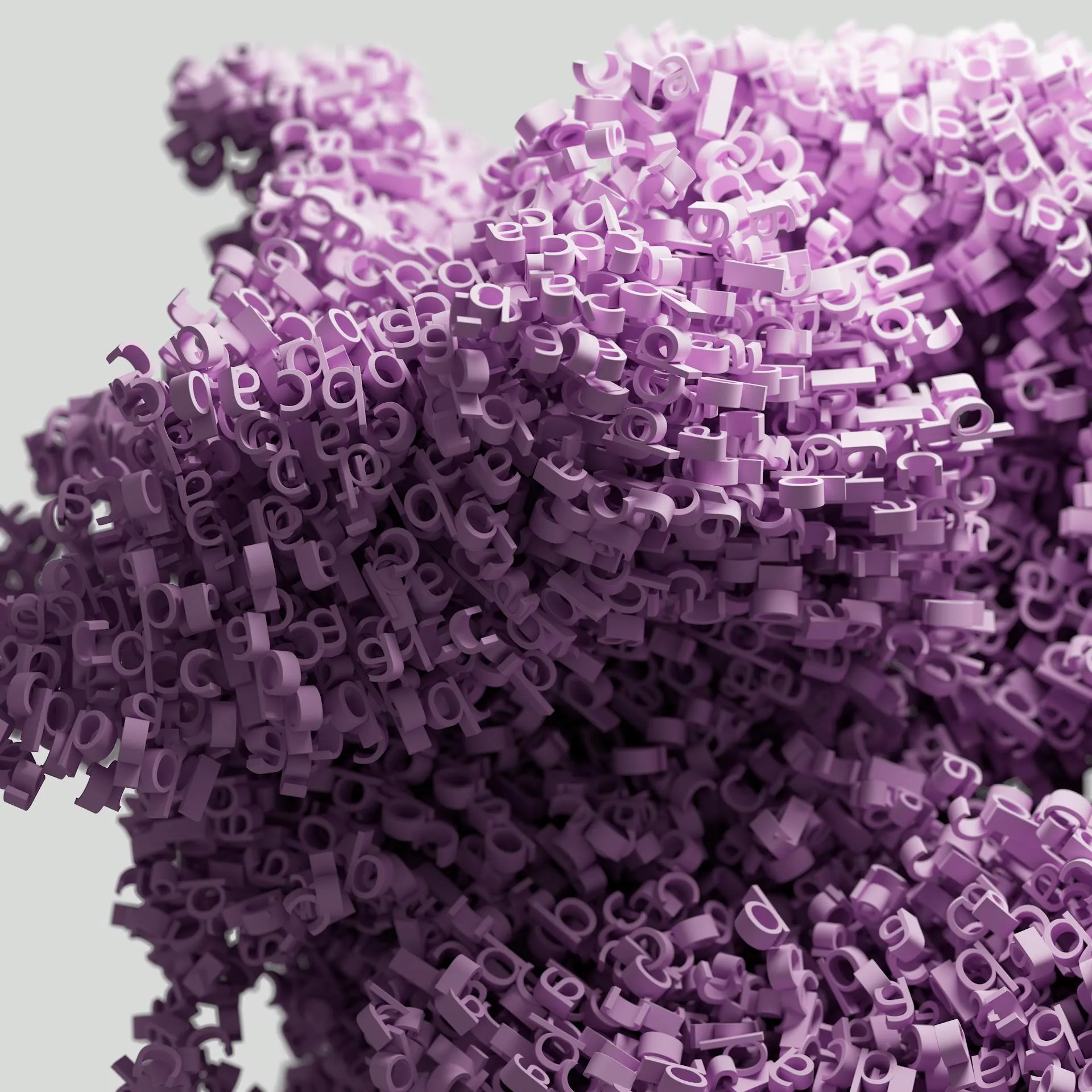
Table of contents
Understanding Domain Registrars
Have you ever wondered what constitutes a web address and why getting it right is so important? In today’s digital age, understanding domains is essential for anyone aiming to establish an online presence.
In this first post of our series on domain registrars, we’ll dissect the components of a domain, explain the roles of domain registrars, and provide a lite version of our S.P.A. Treatment (Security, Privacy, and Agency) to help you make informed decisions.
What is a Domain?
A domain is a unique, human-friendly address where visitors can access your website. It consists of two parts: the domain name and the top-level domain (TLD).
For example, in our domain lovesudo.com, lovesudo is the name, and .com is the TLD. The section below delves deeper into TLDs.
Choosing the right domain name is crucial for helping visitors find you online.
- Security: When selecting a domain, keep these security concerns in mind:
- Verify the history of any domain you want to register. Since you are essentially “renting” your domain from a registrar, it’s important to know where your great domain idea may have been used before.
- Avoid creating a domain that could be seen as “typosquatting” or “homograph spoofing”.
- Typosquatting involves registering a domain name that is a slight misspelling of a popular domain, such as
luvesudo.cominstead oflovesudo.com, to capture vistors who mistype the address. - Homograph spoofing occurs when a domain name includes characters that look similar to others, such as
iovesudo.comintead oflovesudo.com. In some fonts, a capitalilooks like a lowercasel. - Select your TLD carefully (see below).
- Typosquatting involves registering a domain name that is a slight misspelling of a popular domain, such as
- Privacy: Historically, registering a domain meant your full name, email, address, and phone number were publically listed. Some TLDs do not offer privacy features to protect this personally identifiable information from being publically displayed.
- Agency: Ensure that you are the sole owner of your domain. No developer or agency should register your domain on your behalf. The primary registrant contact information must be yours, and it is essential to keep this information updated to avoid issues with ownership transfers in the future.
Understanding TLDs
As pointed out above, TLDs are the suffixes found at the end of a domain. Well-known examples include .com, .org, .co.uk, .net, and .tv.
There are three types of TLDs: generic (eg., .com, .net, .org), Country Code (eg., .us, .de, .eu), and the more recently introduced Speciality TLDs (eg., .ninja, .blog, .xxx, .wtf).
- Security: Some TLDs are perceived as less trustworthy.
- Privacy: Keep these privacy concerns in mind:
- Some TLDs allow the use of privacy features to hide the contact information for a domain.
- Certain TLDs have restrictions on who can register them. As an example, the
.euTLD requires the registrant to be a resident of the European Union. - Country Code TLDs may have additional legal implications as to which laws apply to them.
- Agency: Choose the TLD that best suits your brand. You can have a fun domain like
whyisthishappening.wtf, but ensure you understand the implications of using a.wtfTLD.
What are Domain Registrars?
Domain registars are companies that manage the reservation of domain names. Remember, you’re essentially “renting” your fancy domain name from them.
Through a domain registar you can purchase, register, and renew your domain name. Not all TLDs are available at every registrar, so it’s important to look for ones that support your desired domain.
- Security: The account used to register a domain is the gateway to controlling the domain. Use a registar that offers two-factor or multi-factor authentication for enhanced security.
- Privacy: WHOIS privacy protection, the method of hiding contact details for a domain, should be available. Ideally, this service should be free as well as we believe you should not have to pay to protect your identity online.
- Agency: Ensure the registar has clear policies on domain transfers and ownership. We’ll cover more on why you should never hesitate to switch registrars in an upcoming post in this series.
Once Registered
Once you have registered your new domain name, ensure that the domain lock is enabled. Some registrars, for reasons unknown, do not activate the lock by default. A domain lock prevents unauthorized transfers of your domain to another registrar.
Final Thoughts
We hope this has helped demystify not only what a domain name and registrar are, but also some of the security, privacy, and ownership concerns surrounding these topics.
We Can Help
Have questions about domains or need help choosing a registrar? Get in touch with us for personalized advice!